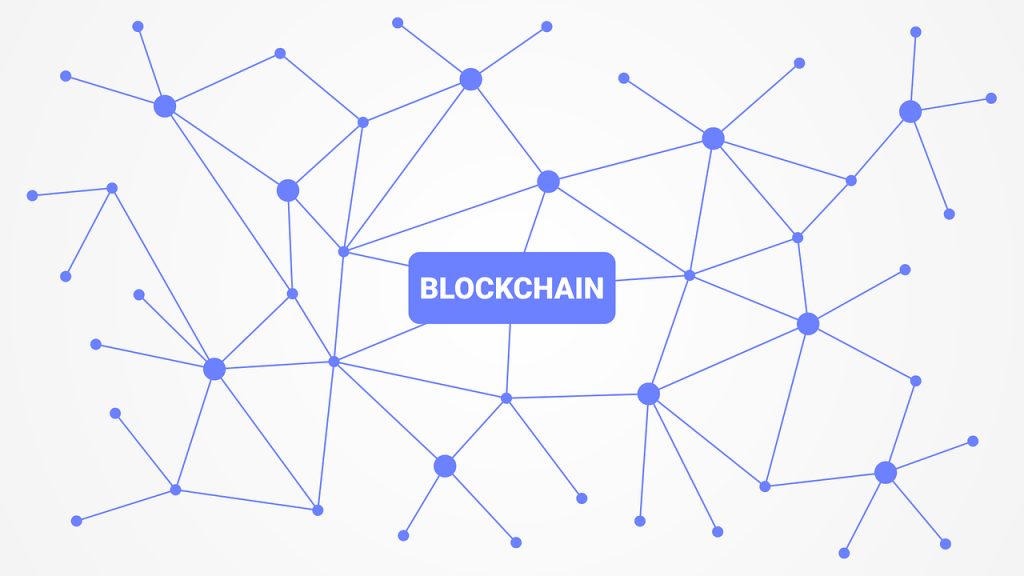A Beginner’s Guide to Blockchain Technology and How Cryptocurrencies Work

Are you curious about blockchain and cryptocurrencies but feel overwhelmed by all the jargon? Don’t worry—you’re not alone! In this guide, we’ll break it all down in a simple and easy-to-understand way, perfect for beginners. Let’s dive in!
What is Blockchain Technology?
Imagine a digital notebook that isn’t owned by one person but shared across the internet. That’s blockchain in a nutshell—a decentralized and secure way to store and share information.
How Does Blockchain Work?
- A Chain of Blocks
- Each “block” is like a page in the notebook and contains information such as transactions (e.g., who sent money to whom) or other data.
- Once a block is full, it’s locked and linked to the next block, creating a continuous “chain.”
- Secure and Transparent
- Everyone in the network has a copy of the blockchain. If someone tries to tamper with a block, the changes won’t match the rest of the copies, exposing the fraud.
- This transparency makes blockchain highly secure and nearly impossible to hack.
- No Central Authority
- Unlike traditional systems controlled by a central authority (like a bank), blockchain is decentralized. Decisions about what gets added to the blockchain are made collectively by the network.
Why is Blockchain Revolutionary?
Blockchain isn’t just about money. Here are a few ways it’s being used today:
- Cryptocurrencies: The foundation of digital currencies like Bitcoin and Ethereum.
- NFTs: Proving ownership of digital art and collectibles.
- Supply Chain Management: Tracking goods from production to delivery.
- Healthcare: Securely storing patient records.
How Do Cryptocurrencies Work?
Cryptocurrencies, such as Bitcoin, Ethereum, and others, are digital currencies powered by blockchain technology. They enable fast, secure, and decentralized transactions.
The Basics of Cryptocurrencies
- Digital Money
- Cryptocurrencies exist only online; you can’t physically hold them, but they function like real money for transactions and investments.
- No Middleman
- Traditional money transactions rely on banks or payment processors. Cryptocurrencies, however, operate peer-to-peer, cutting out intermediaries.
- Cryptography for Security
- Transactions are secured using cryptography, a mathematical process that ensures safety and authenticity. Once a transaction is added to the blockchain, it’s permanent and unchangeable.
How Are Cryptocurrencies Created?
- Mining
- In cryptocurrencies like Bitcoin, miners solve complex mathematical puzzles to validate transactions and add them to the blockchain. Miners are rewarded with new coins for their work.
- Proof of Stake (PoS)
- Some cryptocurrencies, such as Ethereum, now use PoS. Instead of mining, participants lock up their coins as collateral to validate transactions and maintain the network’s integrity.
Why Should You Care About Cryptocurrencies?
- Fast and Global Transactions
- Send money anywhere in the world almost instantly, often with lower fees than traditional banking.
- Decentralization
- No government or bank controls cryptocurrencies, giving you greater control over your money.
- Investment Opportunities
- Many people invest in cryptocurrencies, believing their value will rise over time.
A Simple Example: Blockchain in Action
Let’s say you want to buy sneakers from your friend:
- With Traditional Money: You send $50 via PayPal. PayPal processes the payment, and your bank updates its records.
- With Cryptocurrency: You send 0.002 Bitcoin. This transaction is recorded on the blockchain, visible to everyone on the network but impossible to alter. No bank or middleman is involved!
Why Blockchain and Cryptocurrencies Matter
Blockchain and cryptocurrencies are reshaping how we think about money, trust, and ownership. They’re like the early days of the internet—full of potential and innovation.
By understanding how they work, you’re not just keeping up with technology—you’re stepping into the future. Whether you’re looking to invest, use cryptocurrency for transactions, or explore blockchain’s other applications, the possibilities are endless.
Final Thoughts
Blockchain and cryptocurrencies might seem complex, but with the right knowledge, they’re easy to grasp. Stay tuned to our blog for more beginner-friendly guides and deep dives into the world of digital currencies.